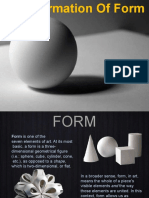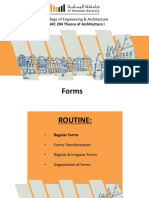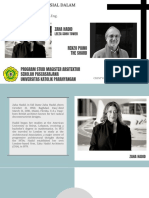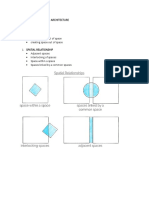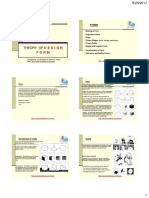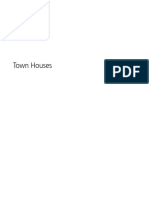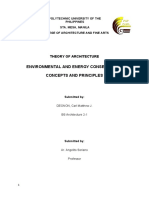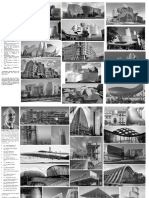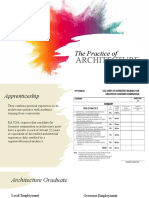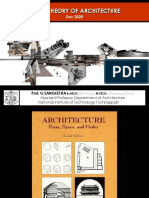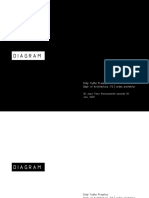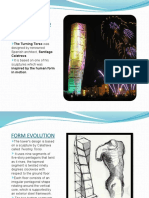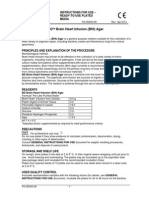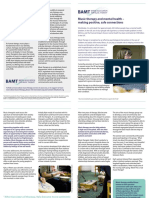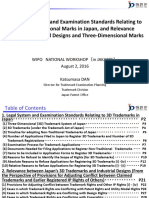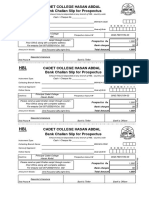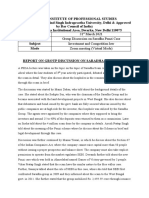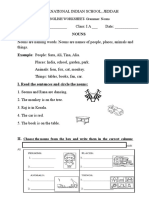0% found this document useful (0 votes)
510 views11 pagesTurning Torso: Architecture & Design
The document provides details about the Turning Torso building in Malmo, Sweden. It discusses the elements of architecture and principles of design used in its construction. Specifically, it describes how the building uses various lines, a neutral color palette, and radial balance in its twisting design. It also explains how its scale suits human residential use while withstanding strong winds through its reinforced concrete core and steel structure.
Uploaded by
Abeja ConsolacionCopyright
© © All Rights Reserved
We take content rights seriously. If you suspect this is your content, claim it here.
Available Formats
Download as DOCX, PDF, TXT or read online on Scribd
0% found this document useful (0 votes)
510 views11 pagesTurning Torso: Architecture & Design
The document provides details about the Turning Torso building in Malmo, Sweden. It discusses the elements of architecture and principles of design used in its construction. Specifically, it describes how the building uses various lines, a neutral color palette, and radial balance in its twisting design. It also explains how its scale suits human residential use while withstanding strong winds through its reinforced concrete core and steel structure.
Uploaded by
Abeja ConsolacionCopyright
© © All Rights Reserved
We take content rights seriously. If you suspect this is your content, claim it here.
Available Formats
Download as DOCX, PDF, TXT or read online on Scribd
/ 11







